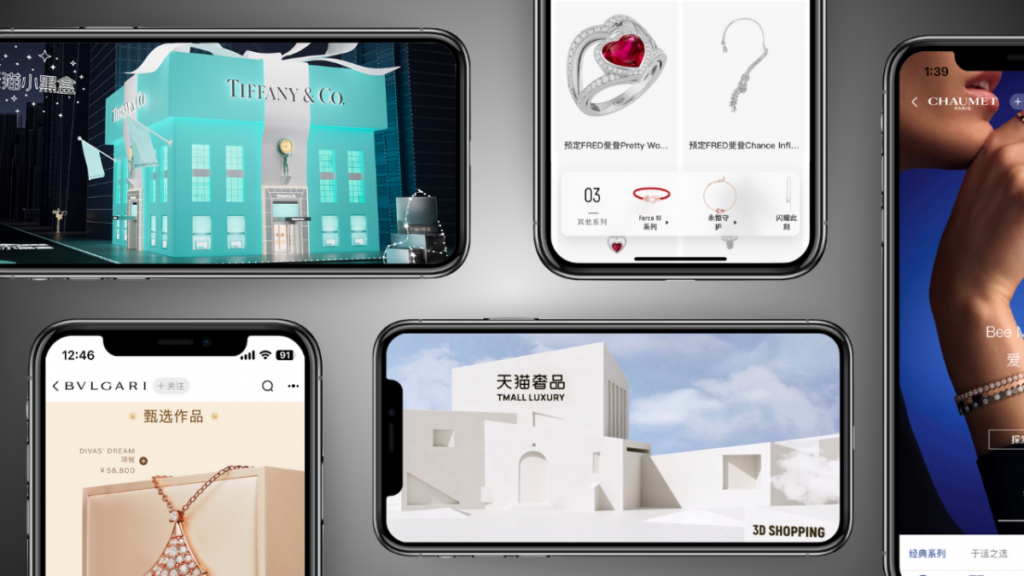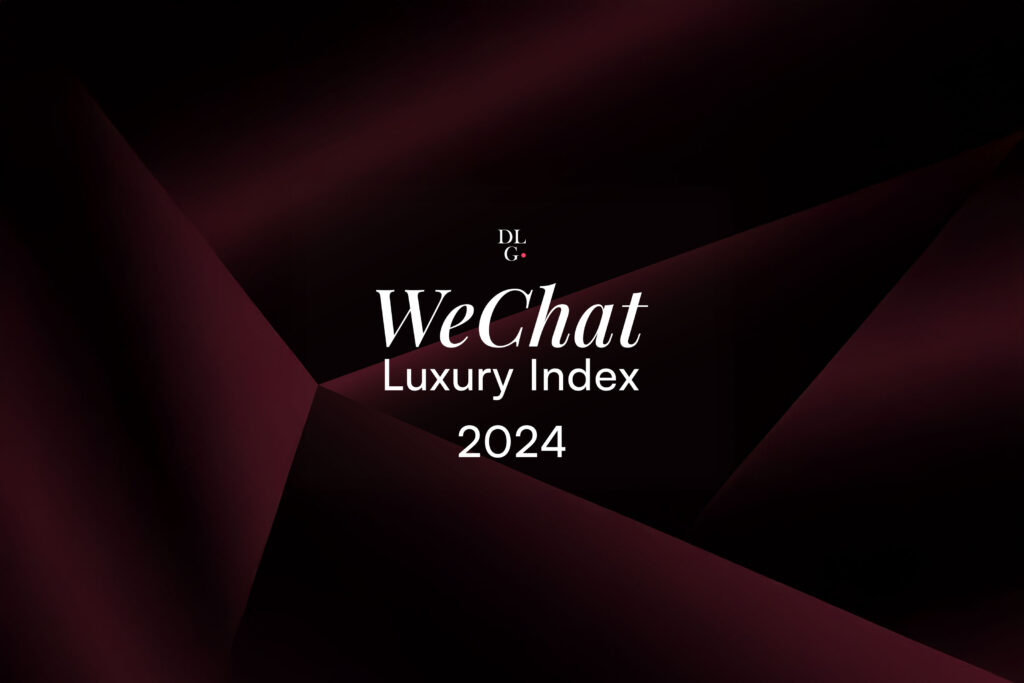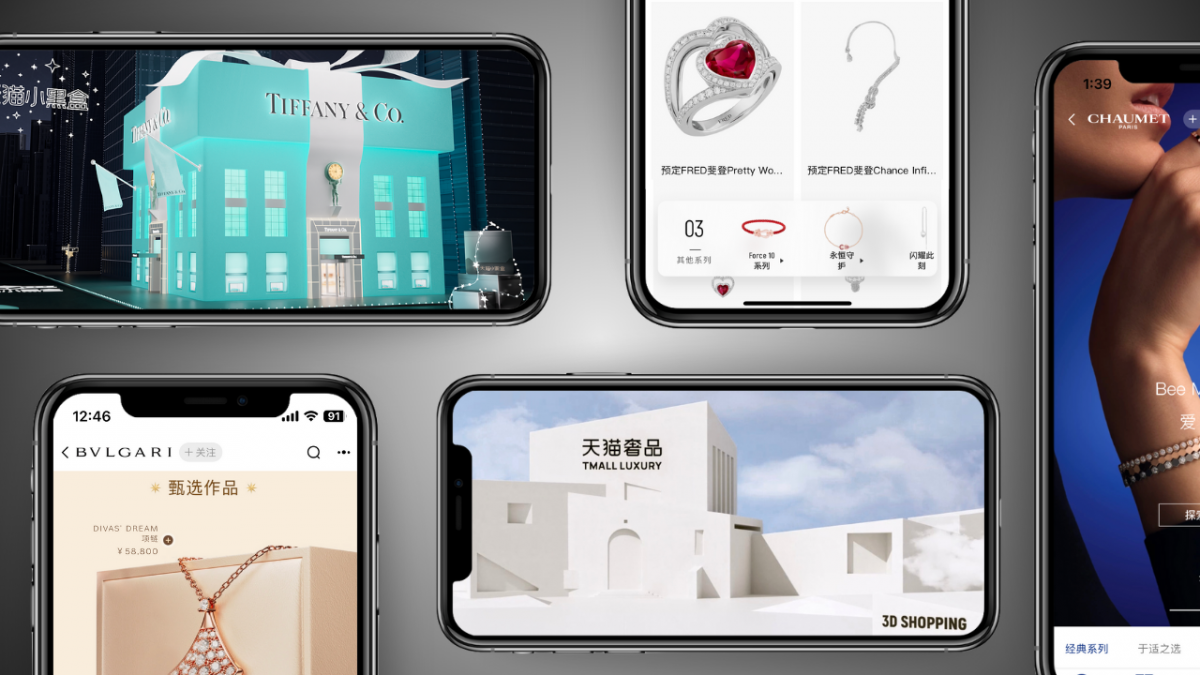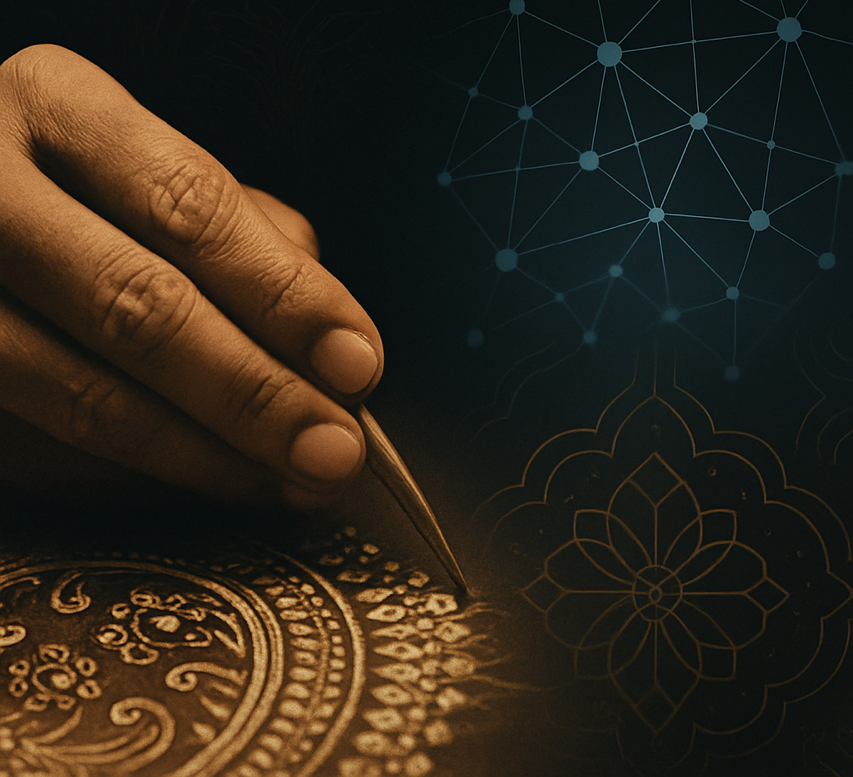The first quarter is always a busy season in China, as it coincides with the biggest local festival—Lunar New Year. It not only marks a shopping season but also serves as a prime opportunity for brands to connect with Chinese consumers. The all-new COMPASS Index Q1 2025 from Re-Hub dissects how brands performed this quarter in terms of marketing and e-commerce.
As we look ahead to the remainder of 2025, the luxury market in China is clearly entering a period of increased polarization. While many brands are still struggling to maintain their footing, others are positioning themselves strategically to reap the rewards of a selective recovery. The brands that succeed will be those that are able to maintain agility, adapt to shifting consumer behaviours, and leverage their understanding of local trends and cultural moments.
The latest COMPASS Index for Q1 2025 reveals key trends that brands need to be aware of. In the fashion sector, Ready-to-Wear continues to be a strong performer, while bags have experienced a decline despite their popularity on social media.
The e-commerce landscape remains highly competitive, with only a few brands outperforming, highlighting the need for ongoing innovation and tailored marketing efforts. Watches and Jewellery brands, on the other hand, showed resilience in a challenging quarter, with jewellery brands such as Bulgari and Tiffany showing particular strength. Yet, the underperformance of some luxury watch brands underscores the difficulties many established names are facing.
Fashion and Leather Goods: A Competitive Landscape
The Fashion and Leather Goods category was marked by a mixed performance, with Ready-to-Wear standing out as the sole segment to secure positive growth. It remains the largest category on Tmall, demonstrating the ongoing strength of the market despite broader challenges. However, while bags continue to dominate in social media conversations, their sales revenue took a hit this quarter, shrinking by double digits, though the decline was less pronounced compared to the previous quarter.
Among the most notable brands, Loewe experienced significant success, climbing to 8th place in the Marketing Index. This surge can be attributed to the brand’s strategic use of social media, particularly its collaborations with brand ambassador Yibo Wang, and its highly publicised store opening in Shanghai. Versace also performed strongly, rising steadily to 9th place, fueled by the buzz surrounding its star-studded spokesperson lineup, which includes prominent figures like Cai Xukun and Minghao Hou.
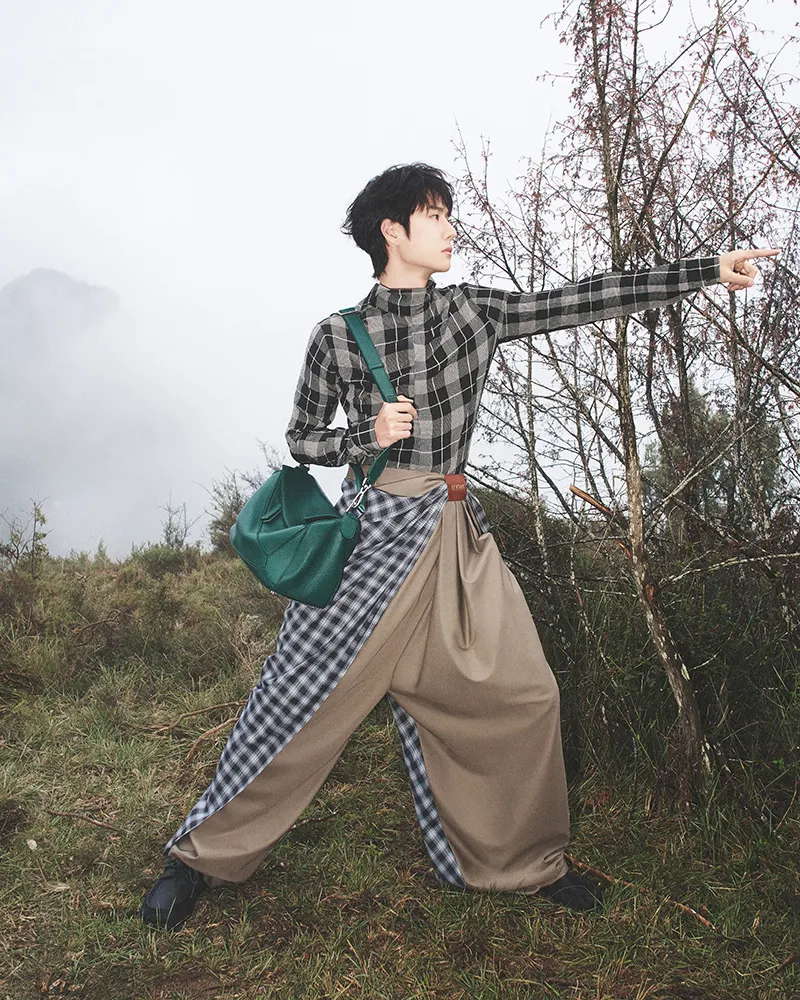
Credit: David Sims/Courtesy of Loewe
Ralph Lauren, continuing to tap into the preppy trend that remains strong in the Chinese market, rose to 2nd place in the E-commerce Index. Following several successful seasons, the brand made an even bolder statement with the presentation of its replica show in Shanghai in early April. Coach, benefiting from a successful brand rejuvenation strategy, climbed to 9th place, further solidifying its position in the competitive landscape.
However, not all brands saw positive momentum. Moncler, after a strong Q4, experienced a sharp decline, dropping from 7th to 33rd in the rankings. Similarly, Marni and MCM also saw significant setbacks, with both brands experiencing double-digit declines in their performance this quarter.
Watches and Jewellery: A Tale of Two Halves
The Watches and Jewellery category faced stark contrasts in performance. Watches saw a sharp decline in Tmall revenue, dropping by 32%, while jewellery exhibited more resilience, with only a single-digit decline in sales. On social media, jewellery emerged as the dominant force, with Bulgari claiming the top spot in the Marketing Index, closely followed by Tiffany & Co. The jewellery sector’s performance highlights the growing importance of innovation and seasonal relevance in driving consumer demand.
Qeelin, the Kering-owned brand with a distinct Chinese touch, made a strong showing by capitalising on the Lunar New Year festivities. Through strategic collaborations with several celebrities during the CMG New Year Gala, the brand garnered significant exposure on social media, propelling it to 8th place in the Marketing Index. Hublot also made a notable move by tapping into its sporty DNA, partnering with Chinese speed skating athletes, which boosted its social media performance significantly.
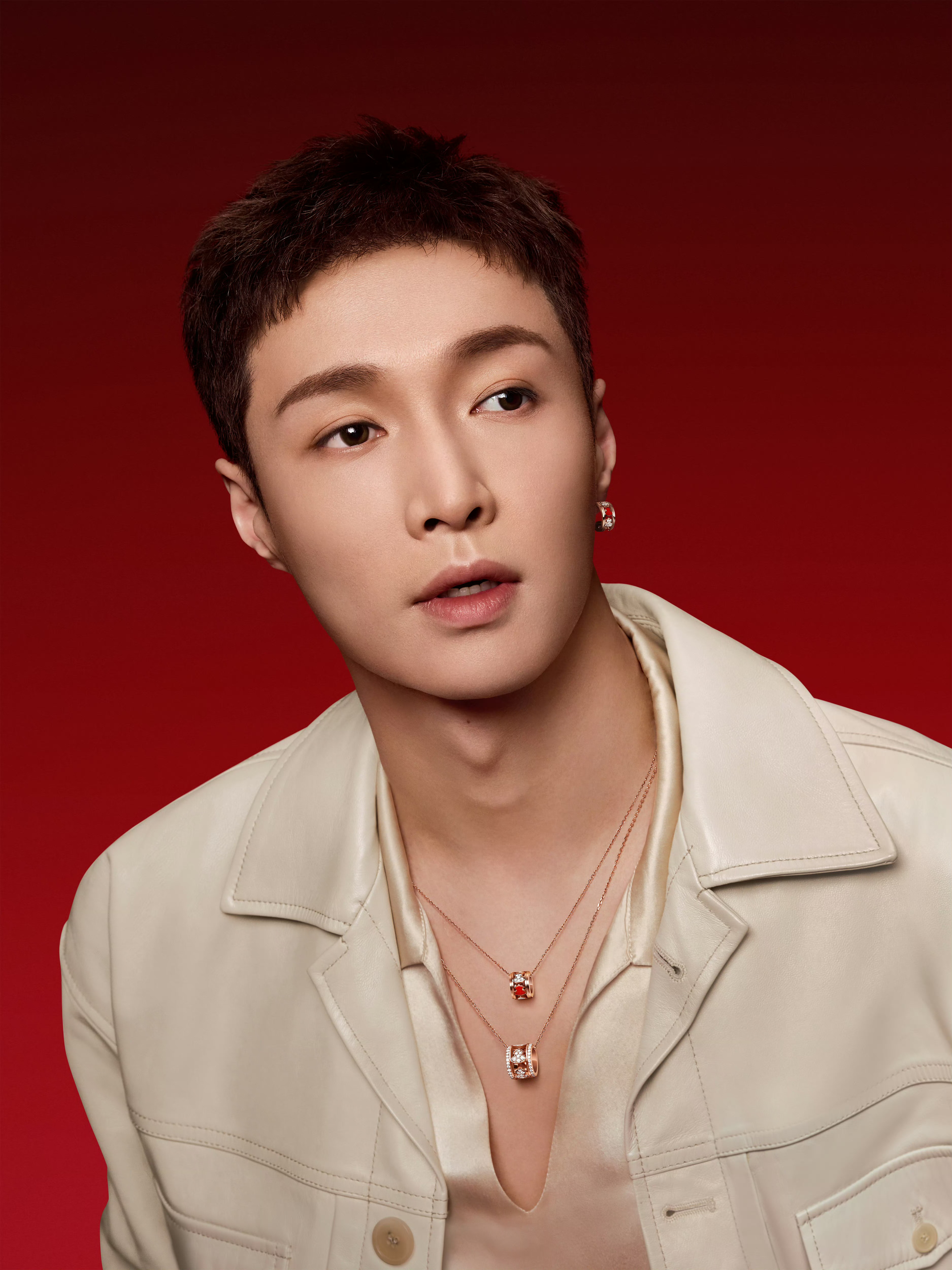
Credit: Courtesy of Qeelin
The success of brands like Cartier and Van Cleef & Arpels continued, with both securing top positions on Tmall. Bulgari, on the other hand, saw a rise in demand due to the successful launch of its Serpenti Viper variations in December, a product line that resonated well with the Chinese market. This underlined the importance of timely product launches and their alignment with local cultural moments in driving consumer interest.
Despite these successes, some established brands in the watch sector struggled. Montblanc, Breitling, and Jaeger-LeCoultre all saw declines in their e-commerce performance, reflecting the ongoing volatility in this category. This trend highlights the shifting dynamics within luxury watches, where established names must constantly innovate to maintain consumer interest.
Looking to the future, luxury brands must refine their digital strategies, particularly on platforms like RedNote, Weibo, and Douyin, to foster deeper consumer engagement and improve their e-commerce conversion. Ensuring that marketing efforts align with product innovations and local cultural moments—such as the Lunar New Year—will continue to be a critical strategy for achieving growth. Ultimately, the luxury sector in China remains a battleground for those willing to adapt, innovate, and stay in tune with the rapidly evolving market.
To access the full brand rankings and more case studies, please download the complete COMPASS Q1 2025 report here.


